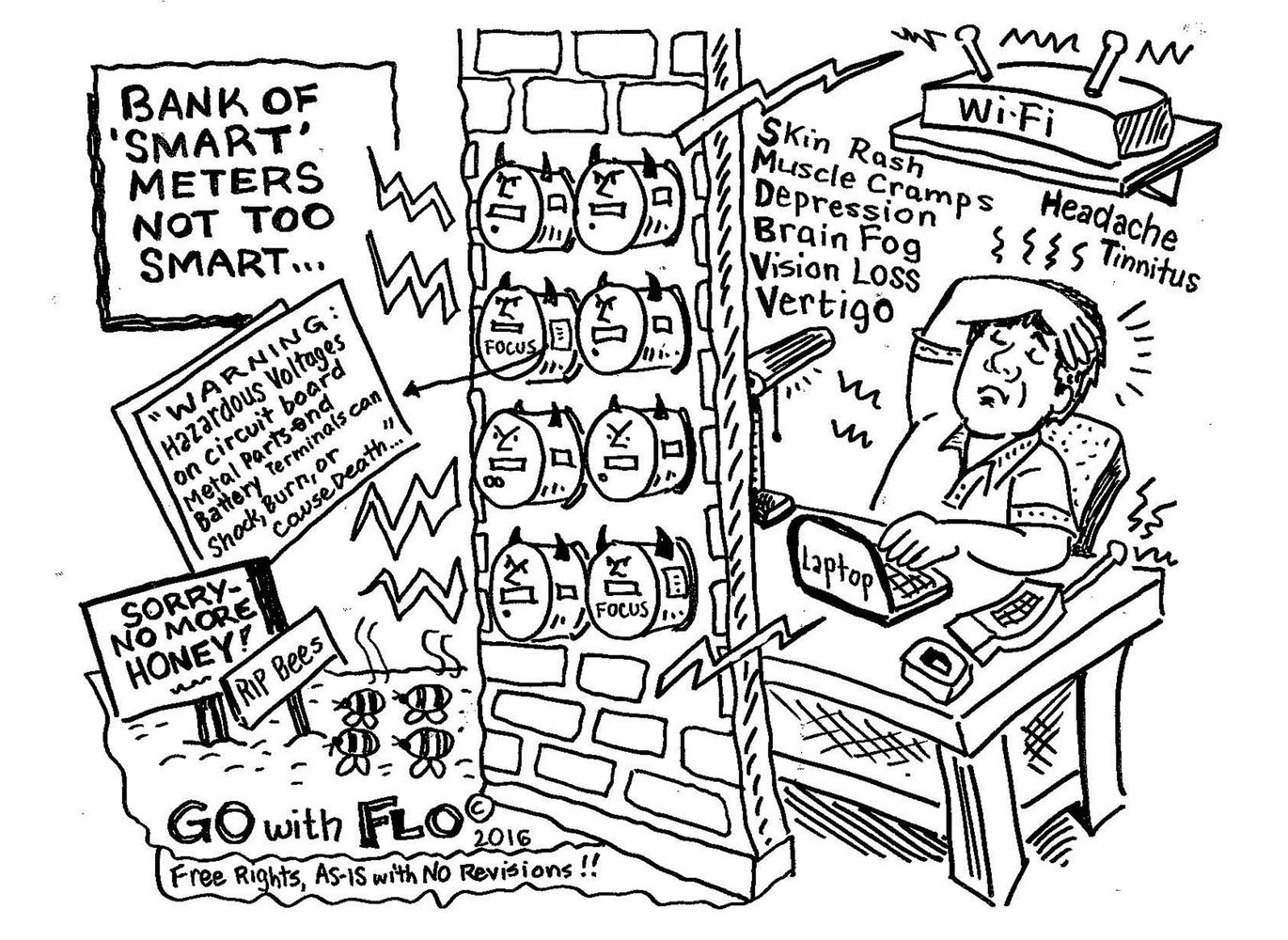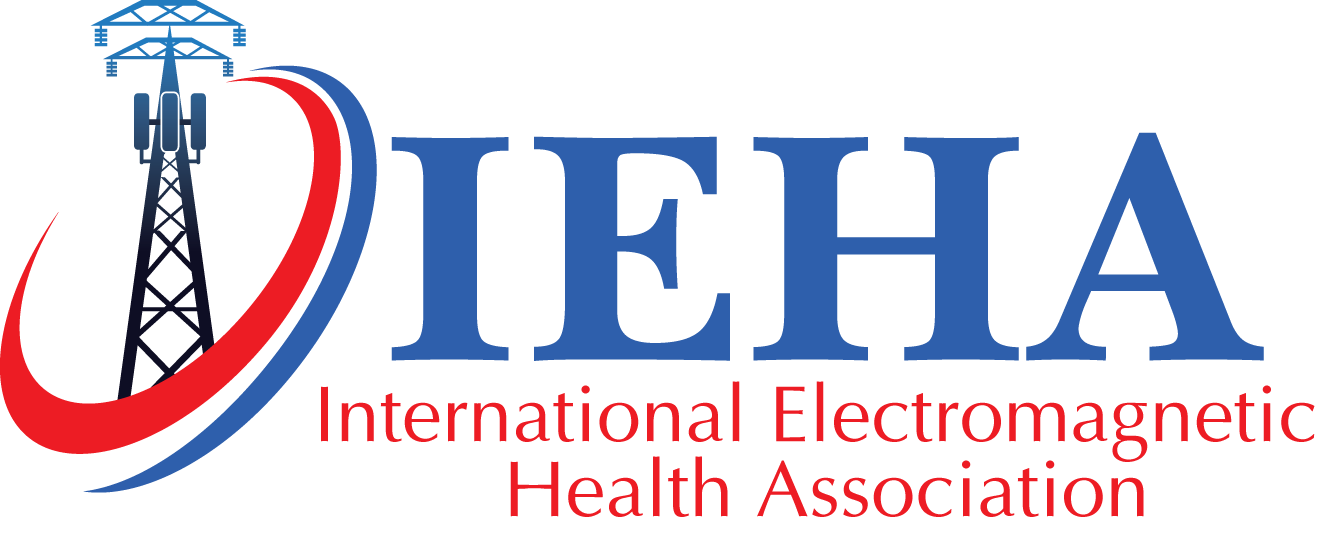
Welcome to EMFAction.org - The interactive visitor and member center for the International Electromagnetic Health Association (IEHA).
Members: To access the members-only sections of this website such as the EMF Action Center, members-only discussion forums, and member resources, please login with the email address you used when you signed up, or via your social media account.
If you are not a member, we wholeheartedly welcome you to join now! The International Electromagnetic Health Association is the only membership-based, member-driven, full-time advocacy group which represents EMF or electrosensitive women and men, parents, scientists & researchers, and all who know that safer technologies and habits must be advanced.
Public Forum 54

Radiation Danger zones around Wifi and other Personal Communication Devices
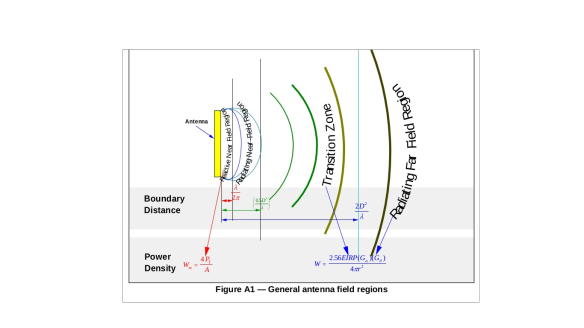
All electrical and electronic equipment emit Electromagnetic Radiation (EMR), fortunately most devices do not emit high levels of EMR. The ones of prime concern are those that emit radio signals. These include but not limited to: Cell Phones, Cordless Phones, Laptop, Tablets, Baby Wireless Monitors, Wireless Routers. The laptop this is being written on emits approximately 25 milivolts per meter (Electric Field) when turned on, 25 more when the charger is plugged in and regularly over 1000 milivolts when on Wifi. To determine the Power Density would would also need to measure the amps per meter (Magnetic Field). Few radiation meters measure the Amps per meter. These regular meters calculate the amp reading based on established physics when the measurements are in the far field or at a distance from the source.
(Figure source: Safety Code 6 (SC6) Radio Frequency Exposure Compliance Evaluation Template (Uncontrolled Environment Exposure Limits) Industry Canada Technical Note-261)

Vast Majority of Consumers Suffer Financial “Net Loss” with Smart Meters
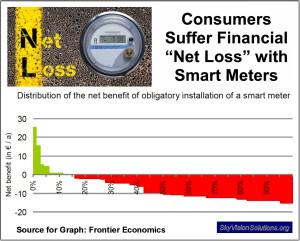 This article provides specific information to counter claims made by smart meter proponents that smart meters provide consumers with financial benefits, i.e., saving energy and reducing their utility bill. In addition, this article presents information to help disentangle how policy makers conflate the topics of grid modernization, smart meter deployments, and sound environmental policy.
This article provides specific information to counter claims made by smart meter proponents that smart meters provide consumers with financial benefits, i.e., saving energy and reducing their utility bill. In addition, this article presents information to help disentangle how policy makers conflate the topics of grid modernization, smart meter deployments, and sound environmental policy.

Internet by light promises to leave Wi-Fi eating dust
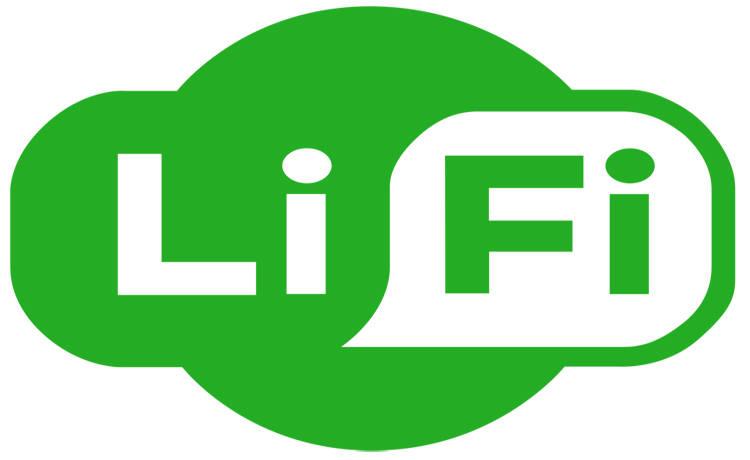 Barcelona (AFP) - Connecting your smartphone to the web with just a lamp -- that is the promise of Li-Fi, featuring Internet access 100 times faster than Wi-Fi with revolutionary wireless technology.
Barcelona (AFP) - Connecting your smartphone to the web with just a lamp -- that is the promise of Li-Fi, featuring Internet access 100 times faster than Wi-Fi with revolutionary wireless technology.

Mobile phones are 'cooking' men's sperm
Original Source - Telegraph.co.uk

Fertility experts are warning man that using a mobile for as little as an hour a day is "cooking sperm" and lowering level significantly.
All topics 65

 Severe Bluetooth reaction in Buick Enclave
Severe Bluetooth reaction in Buick Enclave
I just wanted to share a personal experience from this past weekend. I am sensitive, yes, but I don't normally react so badly that I notice it immediately. My EMF sensitivity is more of a dragging my health down sort of thing. But once in a great while I will have a severe reaction and notice it.
So this past weekend was one of those. I was riding with family in a Buick Enclave. I was in the back seat. Within a minute or two of getting into the car I felt sick - really bad waves of nausea - feeling flush on my face - and overall just feeling really really sick. We arrived at our destination shortly after, and then I felt fine again. In fact I forgot about it.
When we left and I got into the car, the same exact reaction occurred. Unfortunately in this car the Bluetooth cannot be disabled. I won't be riding in there anymore until that dashboard is taken apart and it's manually/physically disabled. What a terrible feeling it was!!!

Theory on How Weak Magnetic Fields Can Promote Cancer
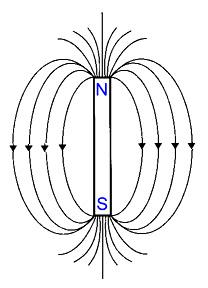 Weak RF fields may indeed be able to promote cancer, according to two leading members of the EMF/RF research community. Frank Barnes and Ben Greenebaum are offering theoretical arguments to explain how low-level RF radiation can alter the growth rates of cancer cells. They present their ideas in an article which has just appeared in the IEEE Power Electronics Magazine.
Weak RF fields may indeed be able to promote cancer, according to two leading members of the EMF/RF research community. Frank Barnes and Ben Greenebaum are offering theoretical arguments to explain how low-level RF radiation can alter the growth rates of cancer cells. They present their ideas in an article which has just appeared in the IEEE Power Electronics Magazine.
For some papers by Barnes and Greenebaum on weak field effects, click here.

Illinois Attorney General Issues Consumer Alert on ‘Smart’ Meters
 Illinois Attorney General Lisa Madigan today issued a consumer alert “urging Illinois residents to do their homework on smart meters – how they work, what type of data they collect, how the data can be used and if you authorize it, who can access it.” [1]
Illinois Attorney General Lisa Madigan today issued a consumer alert “urging Illinois residents to do their homework on smart meters – how they work, what type of data they collect, how the data can be used and if you authorize it, who can access it.” [1]

Questions Remain Unanswered Regarding Potential Health Effects Related to Smart Grid Technologies
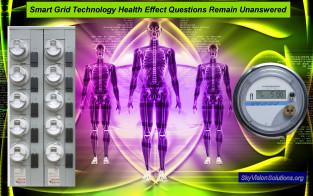 In June and July of 2011, the Electric Power Research Institute (EPRI) hosted two separate workshops related to the possible health effects associated with radiofrequency (RF) emissions from smart grid technologies. In December 2011, EPRI published a report summarizing the results and findings from those workshops [1].
In June and July of 2011, the Electric Power Research Institute (EPRI) hosted two separate workshops related to the possible health effects associated with radiofrequency (RF) emissions from smart grid technologies. In December 2011, EPRI published a report summarizing the results and findings from those workshops [1].
- With the health issues that exist related to smart grid technologies, how could the smart grid industry continue to move forward with deployments even though there are acknowledged “critical gaps and research needs”?
- In many instances, members of the public are mocked as subscribing to conspiracy theories when expressing health concerns over smart meters. How can smart grid industry officials and proponents so readily dismiss public concerns and health complaints based upon the science summarized in the EPRI report that would tend to substantiate those concerns and complaints as well-founded and legitimate?

TEDx Talk: Wireless Wake-Up Call
On February 6th, [Jeromy Johnson] had the opportunity to speak at TEDxBerkeley. The title of my talk was “Wireless Wake-Up Call.” I discussed the health effects related to the explosion in wireless technology the past few years, along with solutions that can help everyone. Within the presentation, I also talked about how we can develop technology that is much safer for humanity. Here is the video:

Zellerbach Hall on the UC Berkeley campus is an incredible venue. It seats 2,000 people and this event was sold-out. I was the second speaker of the day and the first couple minutes on stage were a bit nerve-racking. As you will see in my opening questions, there was an uncomfortable moment for everyone (it felt like the entire room needed to pause). It happened when I asked who knew that the fine print in every smart phone owner’s manual says to never put the phone within about 1 inch of the body. This is a truth that is currently taboo to discuss in our society, so few people know about it. However, once we got through this moment, the talk soon became fun and was well-received by many in the audience.
In my talk, I wanted to convey that people are indeed being harmed by
this technology and that there is adequate science to show how and why
this is happening. Most importantly though, I provided solutions that
every family can utilize today to reduce their exposure and encouraged
us all to help society wake-up. Once this happens, our technology
industries will create safe products that will move our entire society
toward a healthier future.

The Smart Dryer and Time-Of-Use Rates
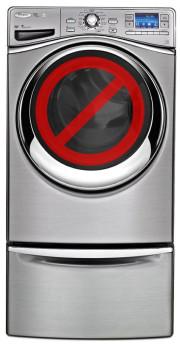 Within the last couple of months I have posted comprehensive articles to demonstrate how consumers financially suffer with smart meters and that they are also financially and socially punished when subjected to Time-of-Use (TOU) electricity rates [1] [2].
Within the last couple of months I have posted comprehensive articles to demonstrate how consumers financially suffer with smart meters and that they are also financially and socially punished when subjected to Time-of-Use (TOU) electricity rates [1] [2].

Radiation Danger zones around Wifi and other Personal Communication Devices

All electrical and electronic equipment emit Electromagnetic Radiation (EMR), fortunately most devices do not emit high levels of EMR. The ones of prime concern are those that emit radio signals. These include but not limited to: Cell Phones, Cordless Phones, Laptop, Tablets, Baby Wireless Monitors, Wireless Routers. The laptop this is being written on emits approximately 25 milivolts per meter (Electric Field) when turned on, 25 more when the charger is plugged in and regularly over 1000 milivolts when on Wifi. To determine the Power Density would would also need to measure the amps per meter (Magnetic Field). Few radiation meters measure the Amps per meter. These regular meters calculate the amp reading based on established physics when the measurements are in the far field or at a distance from the source.
(Figure source: Safety Code 6 (SC6) Radio Frequency Exposure Compliance Evaluation Template (Uncontrolled Environment Exposure Limits) Industry Canada Technical Note-261)

 How close is too close to a cell tower?
How close is too close to a cell tower?
My parents are looking at property outside of the city - they are thinking to retire a little ways out into the country.
My wife and I went with them to look at this one property - and it's very, very nice. Lots of acreage, a large springfed lake right on the property (the water was crystal clear, lots of nice big fish in it as well). Log cabin style home, lots of space, gosh what a nice property.
Knowing me I did an antennasearch.com search before even going out there and there's a big tower smack dab across the street. Luckily it's a long driveway, but the tower is still about 2600 feet from the house.
We went out there to look at the property and geez the tower is big. BIG tower with tons of antennas on it. Readings in front of the house were 100 microwatts/m2 or greater. Inside the house wasn't as bad - the house does a decent job of blocking. I'm going to take more measurements and actually use the frequency filters this time - but it was raining when I was out there last so I couldn't take many measurements outside.
So, what does everyone think? A BIG cell tower staring at you a half mile away - line of sight - no trees or anything in between. Ugh this property would be so ideal if it weren't for that. Would love to hear what others think.

Vast Majority of Consumers Suffer Financial “Net Loss” with Smart Meters
 This article provides specific information to counter claims made by smart meter proponents that smart meters provide consumers with financial benefits, i.e., saving energy and reducing their utility bill. In addition, this article presents information to help disentangle how policy makers conflate the topics of grid modernization, smart meter deployments, and sound environmental policy.
This article provides specific information to counter claims made by smart meter proponents that smart meters provide consumers with financial benefits, i.e., saving energy and reducing their utility bill. In addition, this article presents information to help disentangle how policy makers conflate the topics of grid modernization, smart meter deployments, and sound environmental policy.
Customer support service by UserEcho
